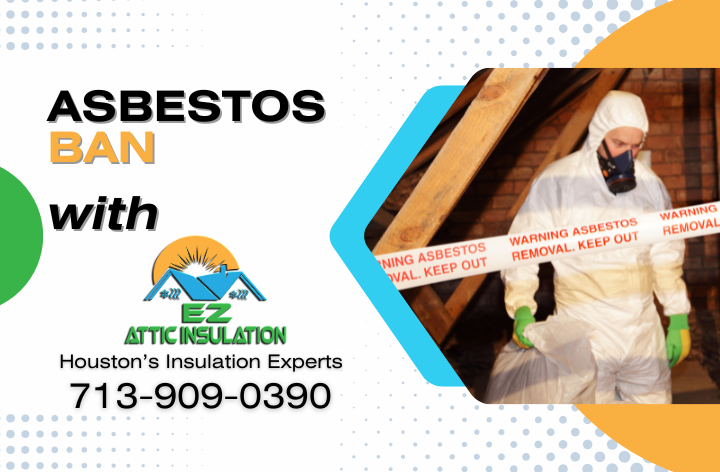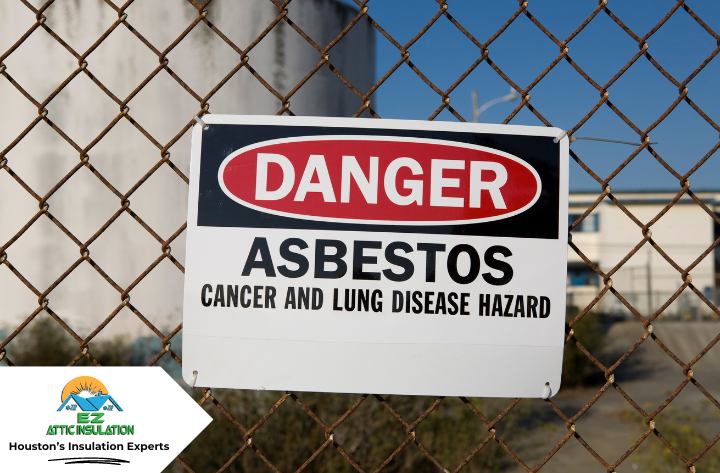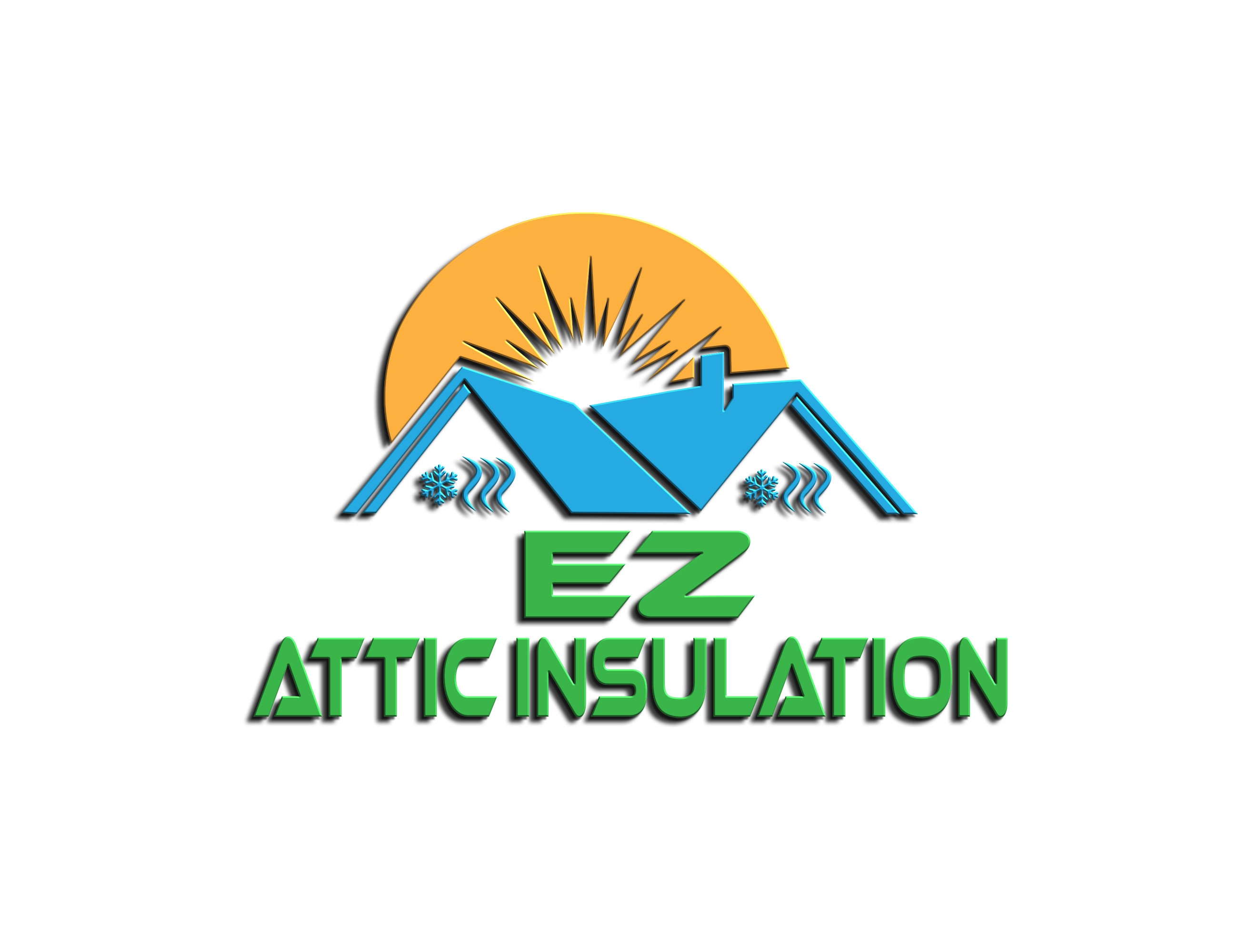
- June 19, 2024
Biden-Harris Administration Finalizes Ban on Asbestos: Why It's No Longer Used as an Insulator
Do you know about Asbestos? You’ve probably heard it mentioned on a TV commercial going hand in hand with the word mesothelioma. But did you know that it was frequently used as a home insulator?
Yes, asbestos was once the go-to insulation material for homes, businesses, and industries from the late 1800s through the mid-1900s. It seemed like a miracle mineral, offering unbeatable insulation properties, fire resistance, and durability. You could find asbestos insulation just about everywhere!
But as the 20th century rolled on, cracks started to show in asbestos’ miracle reputation. Studies began to link asbestos exposure to some seriously scary health problems and suddenly, this once-popular insulation material wasn’t looking so great anymore.
Recently, the Biden-Harris Administration took a definitive step by finalizing a ban on ongoing uses of asbestos to protect people from cancer, marking a historic milestone in the nation’s chemical safety efforts under the updated Toxic Substances Control Act. This major step reinforces why this once-popular material is no longer a viable option for insulation.
Interested in learning more about the quick fall from grace of this once commonly used material? Or maybe you have concerns about asbestos existing in your home and attic? Then please read on as we cover the interesting topic of asbestos.
Historical Use and Regulation of Asbestos
Asbestos has a long and complicated history, from its initial discovery to its widespread use and eventual downfall. The use of asbestos dates back thousands of years, with evidence of its use in ancient civilizations such as Egypt, Finland, and Greece. Ancient Egyptians used asbestos cloth to wrap embalmed bodies of pharaohs, while the Greeks and Romans exploited its unique properties for various purposes, such as tablecloths, napkins, and burial shrouds.
However, it wasn’t until the late 1800s that asbestos deposits were harvested on a larger scale, and the mineral’s unique properties were further explored and exploited. The heavy commercialization of asbestos began during this time, and its use quickly spread to various industries.
But by the 1970s, countries started to wise up to the dangers of asbestos. The U.S. kicked things off by banning spray-applied asbestos insulation in 1973 because of the high risk of exposure during installation. By 1989, the Environmental Protection Agency (EPA) was ready to ban most asbestos products outright with the Asbestos Ban and Phase-Out Rule.
But get this: the rule was partially overturned in 1991, so only a handful of specific asbestos-containing products were banned. This partial overturn predominantly focused on use cases not intended for the general public, such as shipbuilding and automotive construction. These bans came with heavy regulations to protect workers from the toxic properties of the material.
The battle to stop asbestos has gone back and forth for some time. But it seems to be coming to a close. Most recently, on March 18th, 2024, the EPA announced a final rule to prohibit ongoing uses of chrysotile or “white” asbestos, the only form of the material still allowed in the U.S at this point.
So what are these health concerns and issues with asbestos? Why was all this regulation necessary and what led to its decline as a common insulator in the US?
Health Concerns and Problems with Asbestos
Health Concerns and Problems with Asbestos
The primary reason for the ban and phase-out of asbestos is the severe health risks associated with exposure to its fibers. In the event that asbestos-containing materials are disturbed or damaged, they can release tiny fibers into the air that can be inhaled or ingested, leading to serious health complications like:
- Mesothelioma: A rare and aggressive cancer that affects the lining of the lungs, chest, or abdomen.
- Asbestosis: A chronic lung disease caused by the inhalation of asbestos fibers, resulting in scarring and difficulty breathing.
- Pleural effusion & plaques: A buildup of fluid between the lung and the chest wall, which can cause chest pain and difficulty breathing.
- Ovarian Cancer: Asbestos fibers can cause inflammation and genetic damage to ovarian cells, leading to the development of cancerous tumors.
Studies have shown that thousands of people die each year from asbestos-related diseases. The World Health Organization estimates that over 100,000 deaths annually are attributable to asbestos exposure in the workplace. In the United States alone, it is estimated that during the height of asbestos use in the mid-20th century, approximately 27 million workers were exposed to asbestos on the job, leading to thousands of deaths each year.
In addition to the health concerns, asbestos insulation poses other problems:
- Difficulty in safe removal: Removing asbestos insulation requires specialized training, equipment, and procedures to prevent fiber release and ensure worker safety.
- Environmental concerns: Improper disposal of asbestos-containing materials can lead to environmental contamination and further health risks.
- Costly remediation: Asbestos removal and remediation can be extremely expensive, often requiring professional contractors and specialized equipment.
Identifying Asbestos Insulation in Your Home
If you live in an older home, particularly one built before the 1980s, there’s a chance that asbestos insulation may be present. Asbestos was commonly used in various applications, including:
- Attic insulation
- Wall insulation
- Pipe insulation
- Insulation around boilers and furnaces
- And Flooring & Ceiling Tiles
To help identify potential asbestos insulation, consider the following factors:
- Age of the home: Houses constructed before the 1980s are more likely to contain asbestos insulation.
- Visual appearance: Asbestos insulation often appears as a fluffy, fibrous material, usually in shades of gray, silver, or white. However, it can be difficult to identify asbestos insulation visually, as it may resemble other types of insulation.
- Labeling: In some cases, asbestos-containing materials may have been labeled as such. However, the absence of labeling does not guarantee that the insulation is asbestos-free.
It’s important to remember that you cannot reliably identify asbestos insulation by sight alone. If you suspect that your home has asbestos insulation, it’s crucial to have a professional assessment conducted. Trained asbestos inspectors can safely take samples and test for the presence of asbestos.
If you or your family members are experiencing health symptoms such as persistent coughing, chest pain, or shortness of breath, and you suspect that asbestos exposure may be the cause, consult with a healthcare professional immediately.
If asbestos is confirmed and the insulation is in poor condition or needs to be removed due to renovation or demolition, it’s essential to hire a licensed asbestos abatement contractor.
We generally recommend against DIY insulation projects, but this is especially true in cases where asbestos is present! Attempting DIY removal or disturbing asbestos-containing materials can put you and your family at risk of harmful asbestos exposure. Always rely on professionals to handle asbestos-related issues in your home.
While EZ Attic Insulation does not directly handle asbestos cleaning, we are happy to give an initial inspection and consultation. If appropriate, we can get you in touch with asbestos specialists.
Safe Asbestos Removal and Disposal
Proper asbestos removal and disposal are critical to ensuring the safety of the occupants, the workers, and the environment. Professional asbestos abatement contractors adhere to strict safety procedures and use specialized equipment to minimize the risk of fiber release during removal.
The process typically involves:
- Containment of the work area to prevent the spread of asbestos fibers.
- Use of personal protective equipment (PPE) such as respirators and disposable coveralls.
- Wetting the asbestos-containing materials to reduce fiber release.
- Careful removal and bagging of asbestos waste in labeled, sealed containers.
- Thorough cleaning of the work area with HEPA vacuums and wet-wiping techniques.
- Proper disposal of asbestos waste in designated landfills.
It’s important to note that attempting DIY asbestos removal is not only dangerous but also illegal in many jurisdictions. Always rely on licensed professionals to handle asbestos abatement.
Assuming this insulation has been removed, you will need to look for a healthy alternative. We’ve written previous topics on various insulation types, but let’s do a quick rundown.
Insulation Alternatives for Asbestos
With asbestos no longer used as an insulator, homeowners and contractors now have access to a range of safe and effective alternatives. Here are a few recommended options from EZ Attic Insulation.
- Fiberglass Loose-Fill / Fiberglass Blow-in: Made from fine glass fibers, this insulation is blown into attics and wall cavities, providing excellent thermal resistance.
- Fiberglass Batts: Pre-cut sections of fiberglass insulation that fit between wall studs and ceiling joists, offering easy installation and consistent coverage.
- Spray Foam: A polyurethane foam that expands and hardens after application, creating an air-tight seal and superior insulation performance.
These modern insulation materials offer many of the same great benefits of thermal resistance, fire resistance (when treated with fire retardants), and durability without the health risks associated with asbestos. We would be happy to go over insulation options with you in over the phone with a free consultation.

Conclusion
Now that we’ve gone over a brief summary of the rise and fall of Asbestos, we hope you find yourself more educated on the subject and ready to take action if you suspect you may be dealing with it in your home.
Again, while EZ Attic does not directly manage asbestos clean-up, we do want to serve Houstonians dealing with possible issues. Please call us today to schedule a free consultation. If we believe asbestos to be a real concern in your home, we will reach out to our network of specialists to help get your home to a better, healthier state.
This said, we hope that many of the concerns you may have about your home’s air quality and insulation are not due to asbestos, but rather a handful of other issues that can arise from any insulation when aged or damaged.
We recommend reading our blogs on The Dangers of Wet Insulation and Dangers of Damaged Air Ducts to get more information on common issues we see, as well as our post covering Signs your home may have bad insulation.
Cool Your Home with Houston's Experts
Don’t risk your home with cellulose insulation! Work with EZ Attic to recieve the best insulation options.

